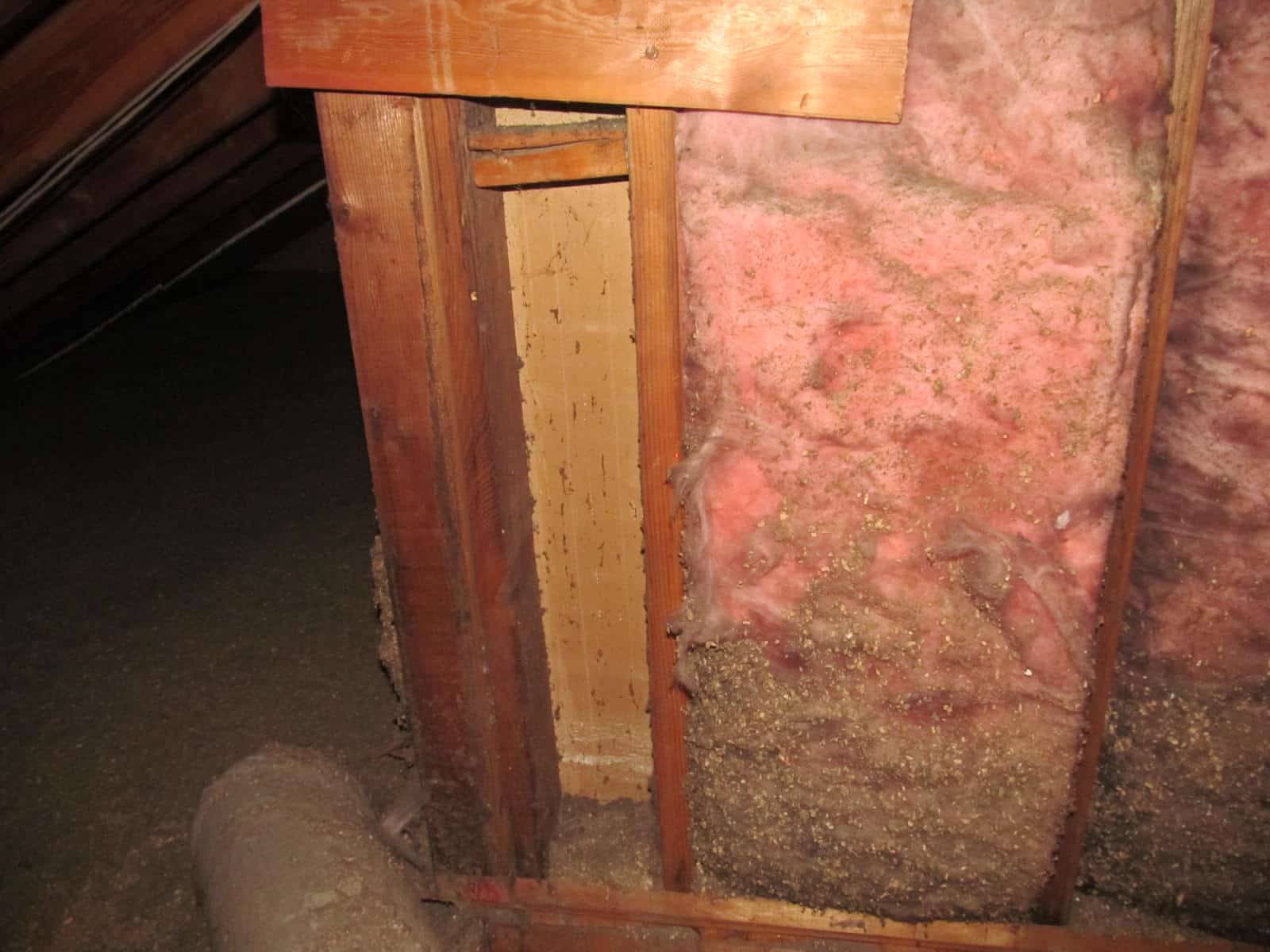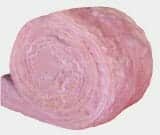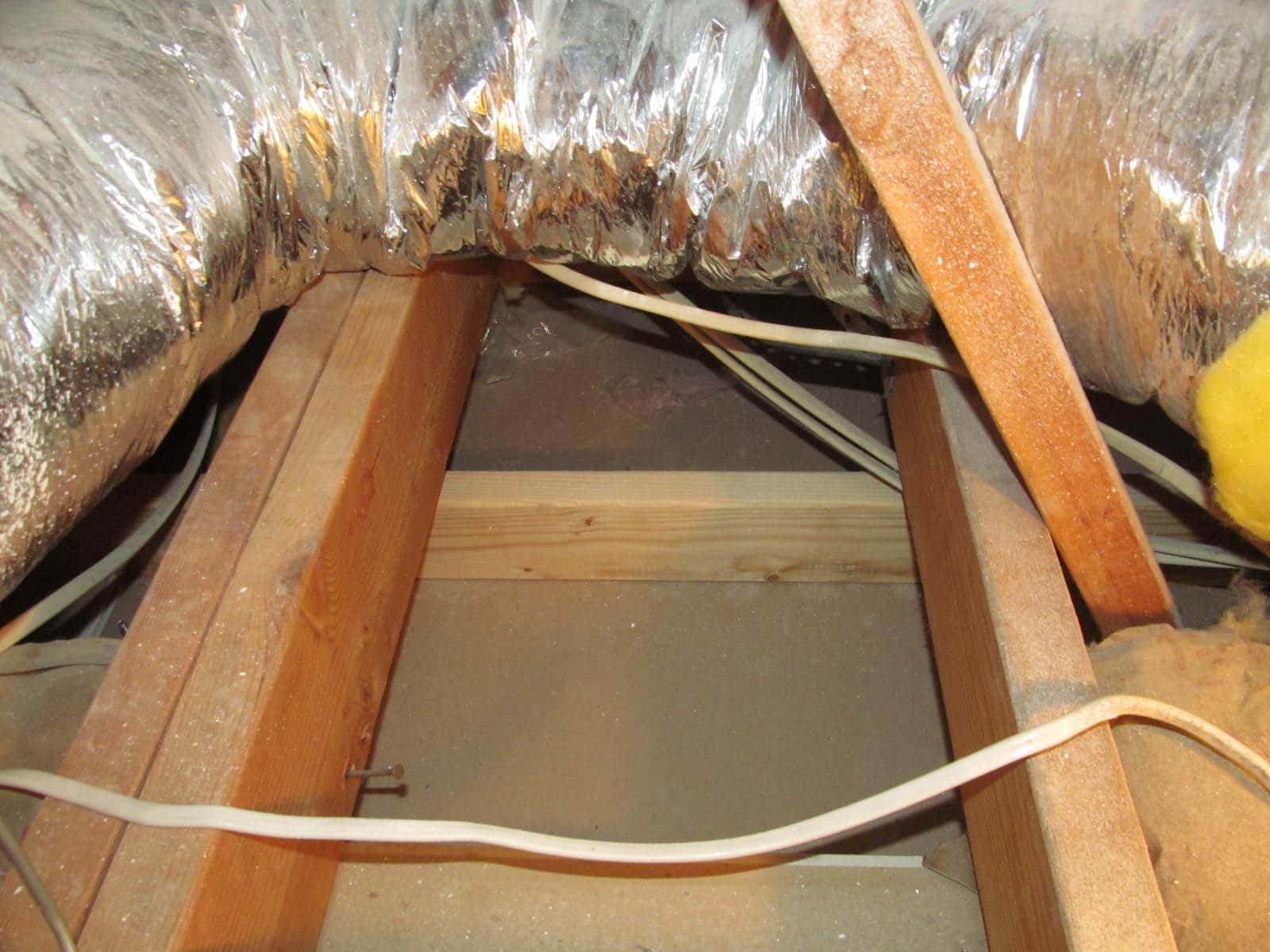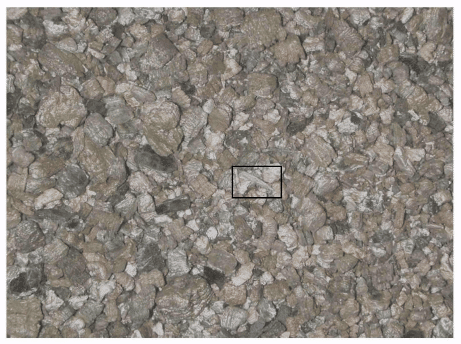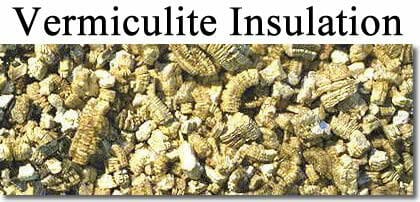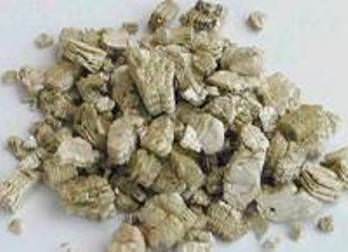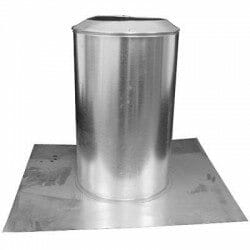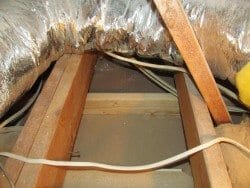Attic Insulation: Older Insulation May Be A Fire Hazard Or A Health Concern
Families want and love a comfortably warm or cool home. One of the key components to having a home that is comfortable is to have it well insulated. It will be more energy efficient and over time there can be significant savings in cooling and heating cost.
Newer homes are generally well insulated; older homes may or may not be well insulated. Also, older homes may have insulation that is not fireproof or some types may be a health hazard.
Problems with insulation that buyers may face
Insulation out of place
In attic areas, the people who move insulation out of their way so they can run phone or internet cable, or the electrician putting in canned lighting, don’t ever think it’s their job to put the insulation back in place when they are done. They seem to think that’s someone else’s job.
If the insulation was not secured in place properly when it was first installed, then it will slowly fall out of place.
What this means to the buyer, is that someone will need to take 5, 10 or 30 minutes and get it back into place.
No insulation
Older homes may not have insulation or may not have as much as current energy recommendations. Adding insulation or upgrading is usually fast, easy and inexpensive.
Insulation is a “Big Bang for Your Buck”
Remember
In the living areas of the home always cover the kraft or foil faced fiberglass insulation with drywall, paneling or some other appropriate material.
Remember that the insulation facing or foil should face the heated or cooled area. (note that there are a few exceptions to this, checking with the local building department will tell you which side goes where in your area)
Caution when insulating over canned and recessed lighting; for the manufacture may have certain clearance requirements (i.e. 3 or 6 inches) for fire safety. Some light fixtures do not require any clearance.
Insulation against chimneys and flues should be approved for that type of location and normally does not have a craft or foil face that could come in contact with the hot surfaces. Most metal flues require a 2 inch clearance to insulation. Should you not have the proper clearance, then pulling back the insulation is wise.
Vermiculite insulation may have asbestos in it
Vermiculite is pebbly, loose, and looks like lightweight gravel. It’s a natural crumbly mineral that expands like popcorn when heated.
EPA – If You Have Vermiculite Insulation
YOU SHOULD ASSUME THE VERMICULITE CONTAINS ASBESTOS AND DO NOT DISTURB IT! Any disturbance could potentially release asbestos fibers into the air. If you absolutely have to go in your attic and it contains vermiculite insulation, you should limit the number of trips you make and shorten the length of those trips in order to help limit your potential exposure.
We recommend that you:
- Leave vermiculite insulation undisturbed in your attic or in your walls.
- Do not store boxes or other items in your attic if it contains vermiculite insulation.
- Do not allow children to play in an attic with vermiculite insulation.
- Do not attempt to remove the insulation yourself.
- Hire a professional asbestos contractor if you plan to remodel or conduct renovations that would disturb the vermiculite in your attic or walls to make sure the material is safely handled and/or removed.
Fire safety concerns with some insulations
The paper facing on some insulation may be flammable. Manufactures may even have a label that says not to leave the paper facing exposed. Therefore following the manufactures installation recommendations is important.
Cellulose Insulation, a paper type of insulation with a fire retardant treatment has a low combustibility factor but is actually slow to burn. When on fire, it will often produce very light smoke as the fire smolders.
Rigid polyurethane and polyisocyanurate foams will, when ignited, burn rapidly and produce intense heat.
Fortunately, most insulation products must face rigid testing and perform well when there is an attic fire.
Who to consult? Handymen and insulation contractors.Home owners will often place fallen insulation back in place or add insulation themselves. Handymen and insulation contractors can likewise do this type of work.
